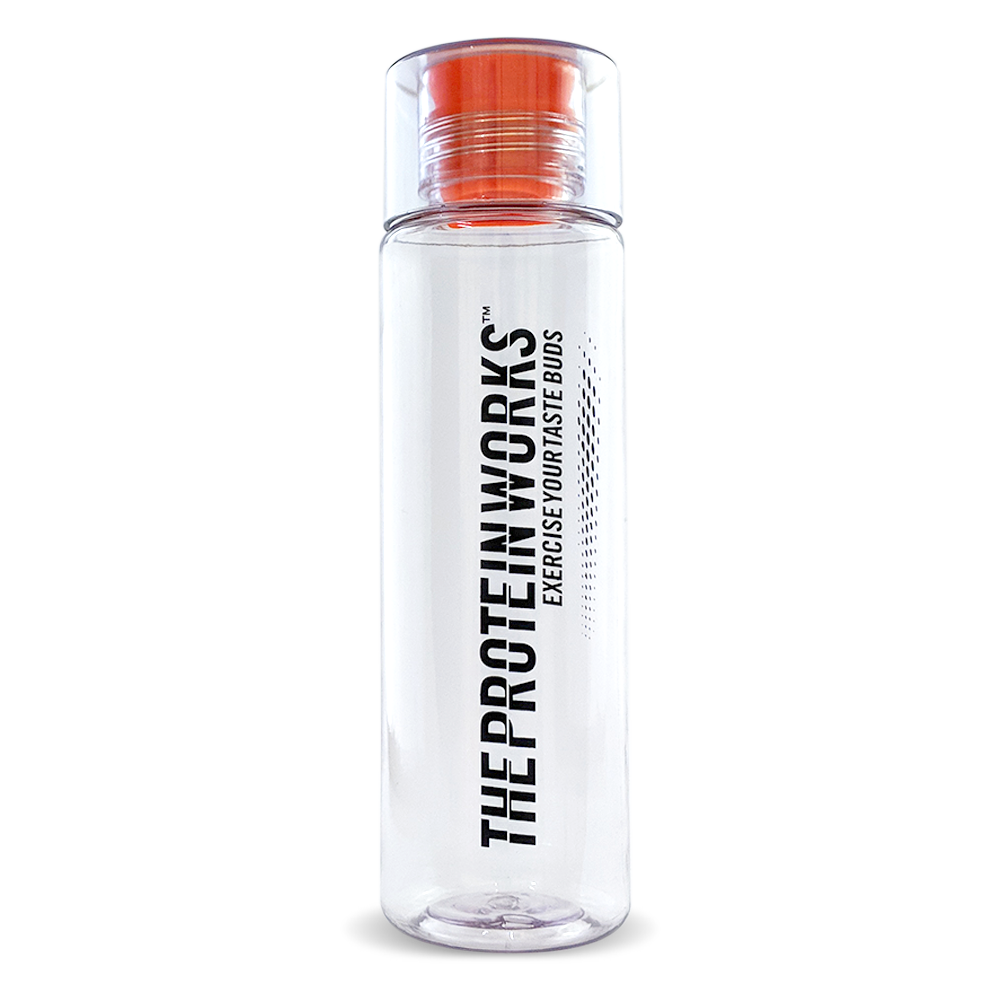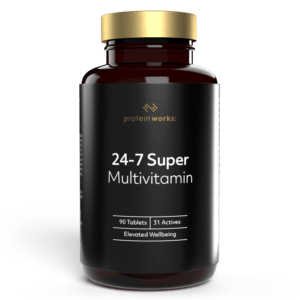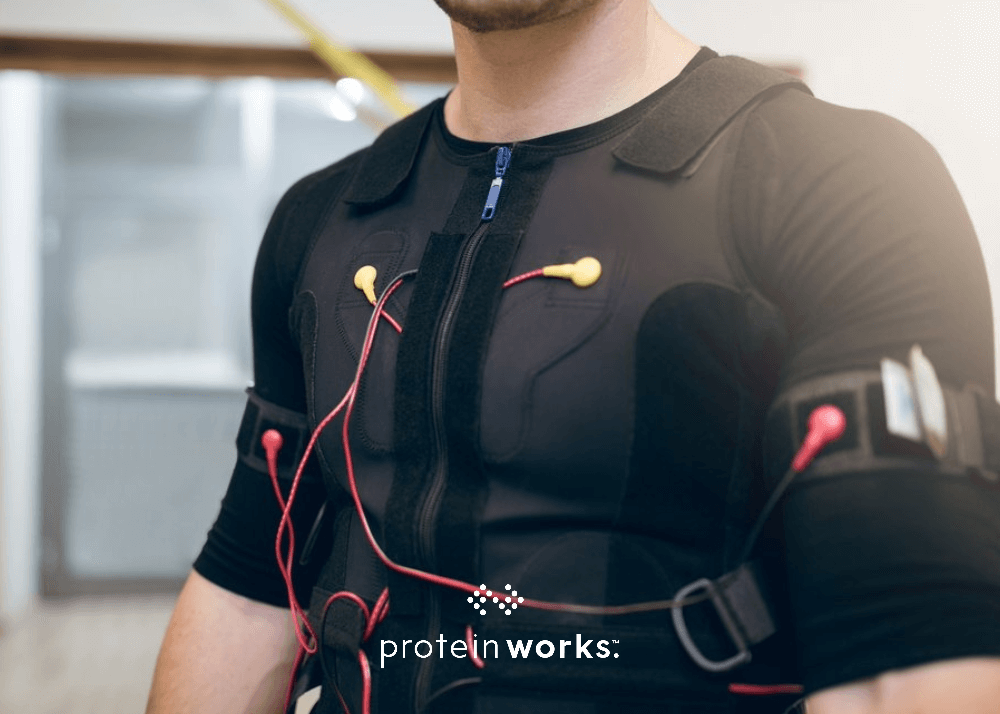Steady state cardio often comes across as the training industry’s whipping boy. In an age where high-intensity intervals, metabolic conditioning, heavy lifting and kettlebell circuits rule the roost, steady state cardio gets pushed to the background. Not only that, but many trainers and industry experts actually deem a steady session as something “bad.” Folks who are starting out on their fat loss journeys are criticised for including jogging, a gentle cycling session, or 30 minute moderate intensity bouts in their routine. The “hardcore” trainers warn of the supposed dangers that steady state cardio poses, such as muscle loss, a decrease in performance, and the fact it’s not as efficient for burning calories as high-intensity work. But, despite this, there is definitely a time and a place for steady state cardio.
Why Steady State Cardio?
In terms of time investment, there’s no doubt that weight training and HIIT (High Intensity Interval Training) are better options.
With the former, you get a far bigger impact on body composition lifting iron than you do plodding away on a bike, or going for a run.
And as for HIIT vs steady state, you’ll burn more calories in the same time (or the same calories in less time) performing intervals than you would completing a relatively easy steady state workout.
But this doesn’t mean that steady cardio is a bad thing. Not by a long shot.
While weight training and HIIT are all well and good, they do impact on your recovery.
Both create muscle damage and DOMS, and while this is generally a sign of progressive overload, and improvements in physique and fitness, you simply can’t run yourself into the ground every single training day.
A steady state session however, will likely have the opposite effect – it will actually enhance recovery.
By getting more blood to the muscles, loosening up your joints, and increasing heart rate, you give your body a chance to recover, while still burning calories and boosting your fitness levels.
Additionally, steady state work can be critical during a fat loss phase.
There’s only a certain amount of calories you can cut before you start to feel like you just can’t function any more, and only a certain amount of weight training and HIIT you can do before you run the risk of injury and over-reaching.
This is where SS cardio steps in, to help you burn extra calories and increase your deficit (ie. speed up fat loss) without making you even hungrier, or causing your performance and strength drop.
When?
The best time to add steady cardio into your program is when you hit a fat loss roadblock.
If you feel you’ve been going along for a couple of weeks with no progress – no change on the scale, with your measurements, or with progress photos – it might be time to introduce more cardio.
If your calories are still on the high side, and you’re feeling extra full, then cutting calories is probably a better option for increasing your deficit.
If you’re only training two or three times a week, then an extra weights session would be the answer.
If you’re currently doing no cardio, then HIIT would make sense.
However, if you’re finding the odd day a bit difficult here and there with hunger levels, you’re already hitting the weights hard, and including some HIIT or metabolic work each week, then steady state cardio could well be the answer to smashing through that plateau.
How Much?
In short – as little as possible!
Start by adding 30 to 45 minutes a week, and adjust as needed.
It may, in fact, make sense to set yourself a calorie burn goal from steady state work, that way you can vary the intensity depending on how you’re feeling (or change what mode you use – bike, rower, stepper, etc.) and still get the same effect.
Like calorie and macronutrient intake and weight training, steady state cardio is a variable that can be used to accelerate progress.
There’s no need to add any if things are ticking along smoothly, but it can be a useful weapon in burning stubborn fat.
So It’s Not the Devil Then?
Steady state cardio is far from a training demon.
It may not be as effective as pumping iron or going for some all-out hill sprints, but it can certainly have a place.
It is true that the average person probably does give SS cardio a little too much credence, and should spend more time lifting – but then you’re not the average gym-goer.
One other important consideration is personal preference.
If you prefer a jog, a bike ride, or a brisk morning walk for your cardio instead of sweating your backside off with intervals, then provided the calorie burn equates to the same, and you’re happy with progress, then carry on with your steady state work, safe in the knowledge it’s helping











No Comments yet!